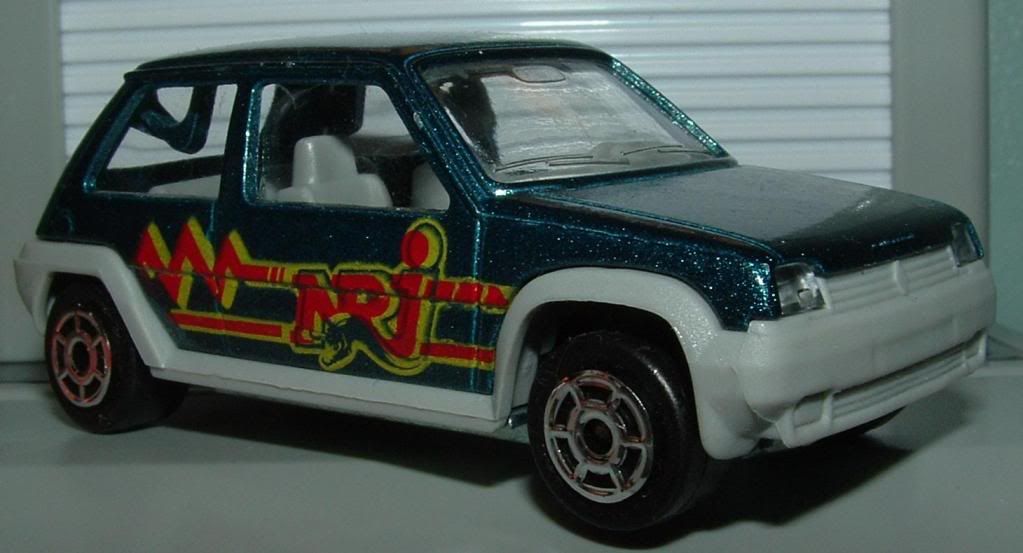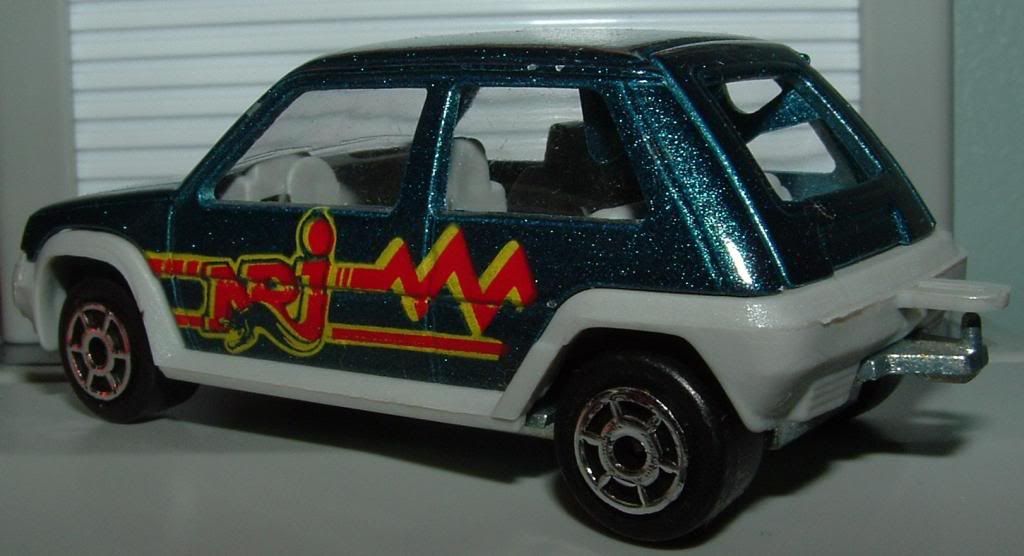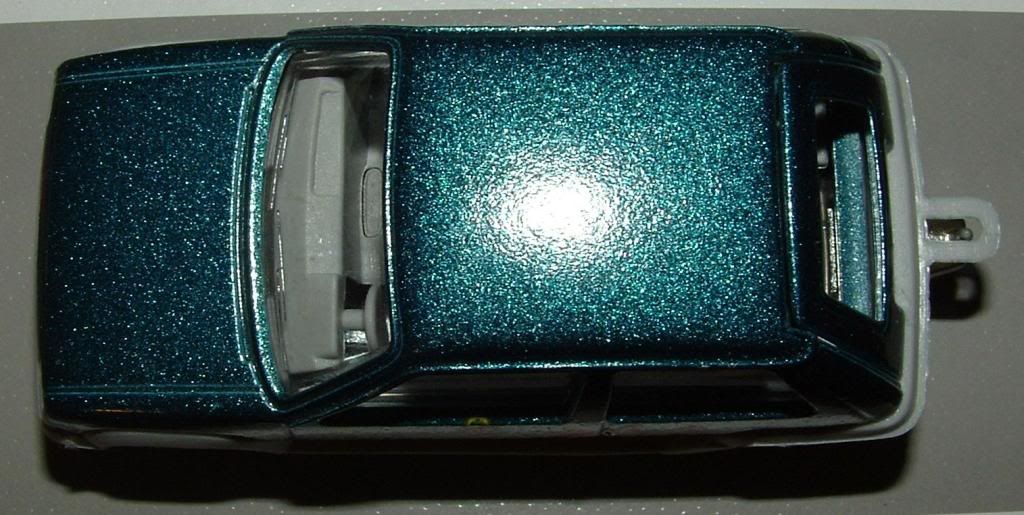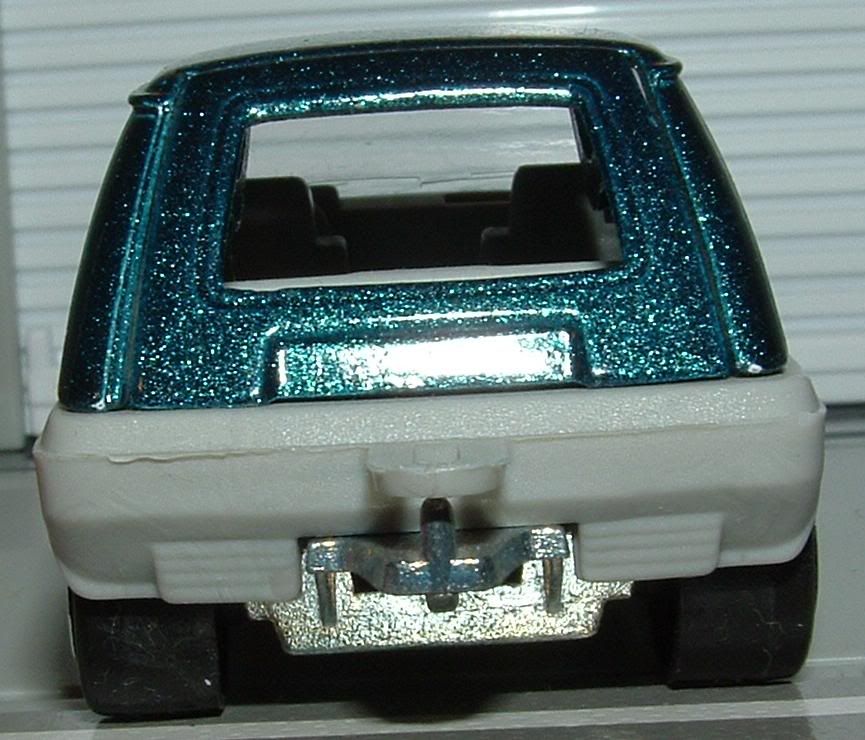
A blog focusing on 1/64 diecast from such popular brands as Hot Wheels, Matchbox, Johnny Lightning, M2 Machines, GreenLight, Tomica, Yat Ming, Majorette, MotorMax, Siku, Corgi, Guisval, Playart, Ertl, Zylmex, Racing Champions, & many more. Swifty's Garage features a daily Car Of The Day and news updates from your favorite brands!
Thursday, June 2, 2011
Car Of The Day: June 2, 2011
Today's car of the day is Majorette's 1985 Renault 5 (Supercinq).
The Renault 5 (also called the R5) was a supermini produced by the French automaker Renault in two generations between 1972 and 1996. It was sold in many markets, usually as the Renault 5 and in North America as Le Car, from 1976 to 1986. Nearly 5.5 million Renault 5s were built.
For more information and pictures of the real car please visit: Renault 5
A recent purchase from pjedsel (thanks John!) this little Renault is the second generation 5, and one that was never exported to the USA to my knowledge. The LeCar failed on this side of the pond, but was a huge seller for Renault elsewhere around the globe. This model is quite well done and features an opening hatch.
The second generation Renault 5, often referred to as the Supercinq or Superfive, appeared in 1985. Although the bodyshell and chassis were completely new (the platform was based on that of the Renault 9/11), familiar 5 styling trademarks were retained; styling was the work of Marcello Gandini. The new body was wider and longer featuring 20 percent more glass area and more interior space, with a lower drag coefficient (0.35), as well as 57.4 mpg-US (4.10 L/100 km; 68.9 mpg-imp) at 55 miles per hour (89 km/h) in the economy models. The biggest change was the adoption of a transversely-mounted powertrain taken directly from the 9 and 11, plus a less sophisticated suspension design, which used MacPherson struts.
The second-generation R5 also spawned a panel van version, known as the Renault Express. It was commercialized in some European countries as the Renault Extra (UK) or Renault Rapid (mainly German speaking countries). This car was intended to replace the R4 F6 panel van, production of which had ceased in 1986.
Renault decided to use the naturally aspirated 1.7 L from the Renault 9/11, which utilized multipoint fuel injection in addition to the sports orientation 1.4 L turbo. Under the name GTE, it produced 95 PS (70 kW; 94 hp). Although not as fast as the turbo model, it featured the same interior and exterior appearance, as well as identical suspension and brakes. The Baccara and GTX versions also used the 1.7 engine - the former sporting a full leather interior, power steering, electric windows, sunroof, high specification audio equipment and as extras air-conditioning and On-Board Computer. The latter was effectively the same but the leather interior was an option and there were other detail changes.
The model was starting to show its age by 1990, when it was effectively replaced by the more modern and better-built Clio, which was an instant sales success across Europe. Production of the R5 was transferred to the Revoz factory in Slovenia when the Clio was launched, and it remained on sale as a budget choice called the Campus until the car's 24-year production run finally came to an end in 1996. The Campus name was revived in 2005 with the Renault Clio II.
A "hot hatch" version, the GT Turbo, was introduced in 1985. It used a heavily modified four cylinder, eight-valve Cléon 1397 cc engine, a pushrod unit dating back to the 1950s. It was turbocharged with an air-cooled Garrett T2 turbocharger. Weighing a mere 850 kg (1,874 lb), and producing 115 PS (85 kW; 113 hp), the GT Turbo had an excellent power-to-weight ratio, permitting it to accelerate from a standstill to 100 km/h (62 mph) in 7.1 seconds. To differentiate it from the standard 5, it came with blocky plastic side skirts. Unfortunately, turbo lag was an issue, along with poor hot starting, and was considered rather difficult to control. The same engine was used, with similar issues, in the Renault 9 and 11 Turbos.
In 1987, the facelifted Phase II was launched. Major changes in the Phase II version included installing watercooling to the turbocharger, aiding the Phase I's oil-cooled setup, which extended the life of the turbo. It also received a new ignition system which permitted it to rev 500 rpm higher. These changes boosted engine output up to over 120 PS (88 kW; 118 hp). Externally, the car was revamped, with changes (including new bumpers and arches) that reduced the car's drag coefficient from 0.36 to 0.35. Giving the Phase II a 0–100 km/h time of 7.5 secs. In 1989 the GT Turbo received a new interior, and in 1990 the special edition Raider model (available only in metallic blue, with different interior and wheels) was launched. In late 1991 the Renault 5 GT Turbo was discontinued, superseded by the Clio 16v and the Clio Williams.
Subscribe to:
Post Comments (Atom)







No comments:
Post a Comment